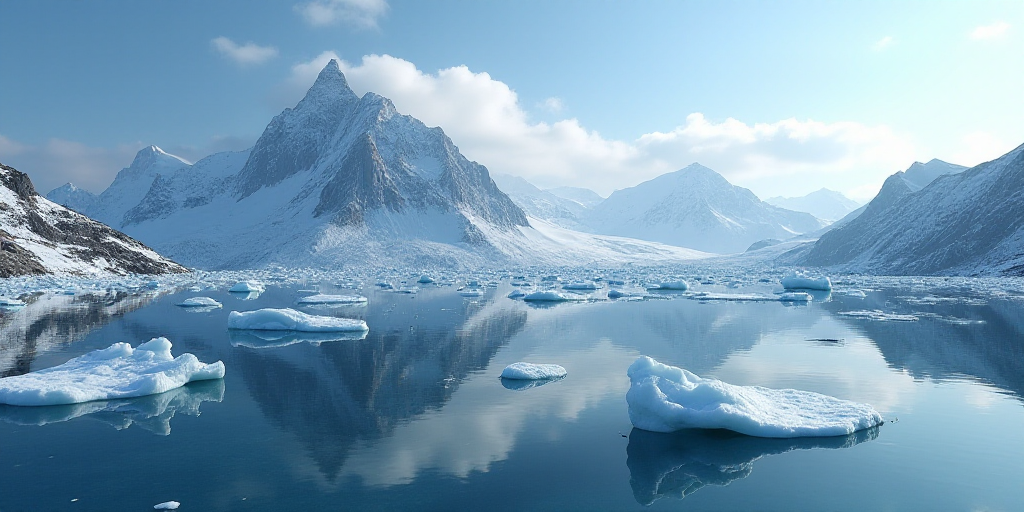The Rising Impact of Tourism and Scientific Activities on Antarctica
Antarctica is showing increasing signs of contamination from tourism and scientific activities, according to a study published on Wednesday in the journal Nature Sustainability.
Heavy Metal Contamination in Antarctic Snow
In visited areas of the Antarctic Peninsula, researchers have detected ten times more heavy metal contaminants in snow compared to 40 years ago, according to the study addressing the impact of these elements on snow.
Growth in Tourist Numbers
Over the past two decades, tourist numbers have surged from around 20,000 to approximately 120,000, as reported by the International Association of Antarctica Tour Operators (IAATO).
Human Presence and Contaminants
“The increasing human presence in Antarctica raises concerns about combustion-related contaminants from fossil fuels in ships, vehicles, and aircraft,” the study indicates. These contaminants include elements like chromium, nickel, copper, zinc, and lead.
Faster Snow Melting Due to Contaminants
Raúl Cordero, a scientist at the University of Groningen and co-author of the study “Heavy Metal Traces in Antarctic Snow from Research and Tourism,” explains that human activity leads to a faster melting of snow.
“The presence of contaminant particles in tourist-frequented areas causes snow to melt more rapidly in Antarctica,” Cordero said in a phone interview from Santiago.
According to the expert, “a single tourist can contribute to accelerating the melting of around 100 tonnes of snow.”
Increased Metal Presence from Scientific Expeditions
Scientific expeditions, with longer stays, can impact up to ten times more than a tourist, according to Cordero. Researchers from countries like Chile, Germany, and the Netherlands traveled approximately 2,000 kilometers across Antarctica over four years, measuring the presence of these materials.
Progress in Antarctic Protection
The study acknowledges “advances” in Antarctic protection, such as the ban on heavy fuel oil—a petroleum derivative—and the use of ships that combine electricity and fossil fuels.
Need for Energy Transition
However, the report emphasizes the necessity to “accelerate the energy transition” and minimize fossil fuel usage, especially near sensitive areas.
Global Warming’s Impact on Antarctic Ice and Snow
Antarctica is losing its ice and snow mass rapidly due to global warming. According to NASA, the white continent loses 135 billion tonnes of ice and snow annually since 2002.
Key Questions and Answers
- What is the main concern regarding tourism in Antarctica? The increasing human presence in Antarctica raises concerns about combustion-related contaminants from fossil fuels in ships, vehicles, and aircraft.
- How do tourists impact Antarctic snow? A single tourist can contribute to accelerating the melting of around 100 tonnes of snow.
- What advancements have been made in protecting Antarctica? Advancements include the ban on heavy fuel oil and the use of ships that combine electricity and fossil fuels.
- What is the impact of global warming on Antarctic ice and snow? Global warming causes Antarctica to lose 135 billion tonnes of ice and snow annually.






